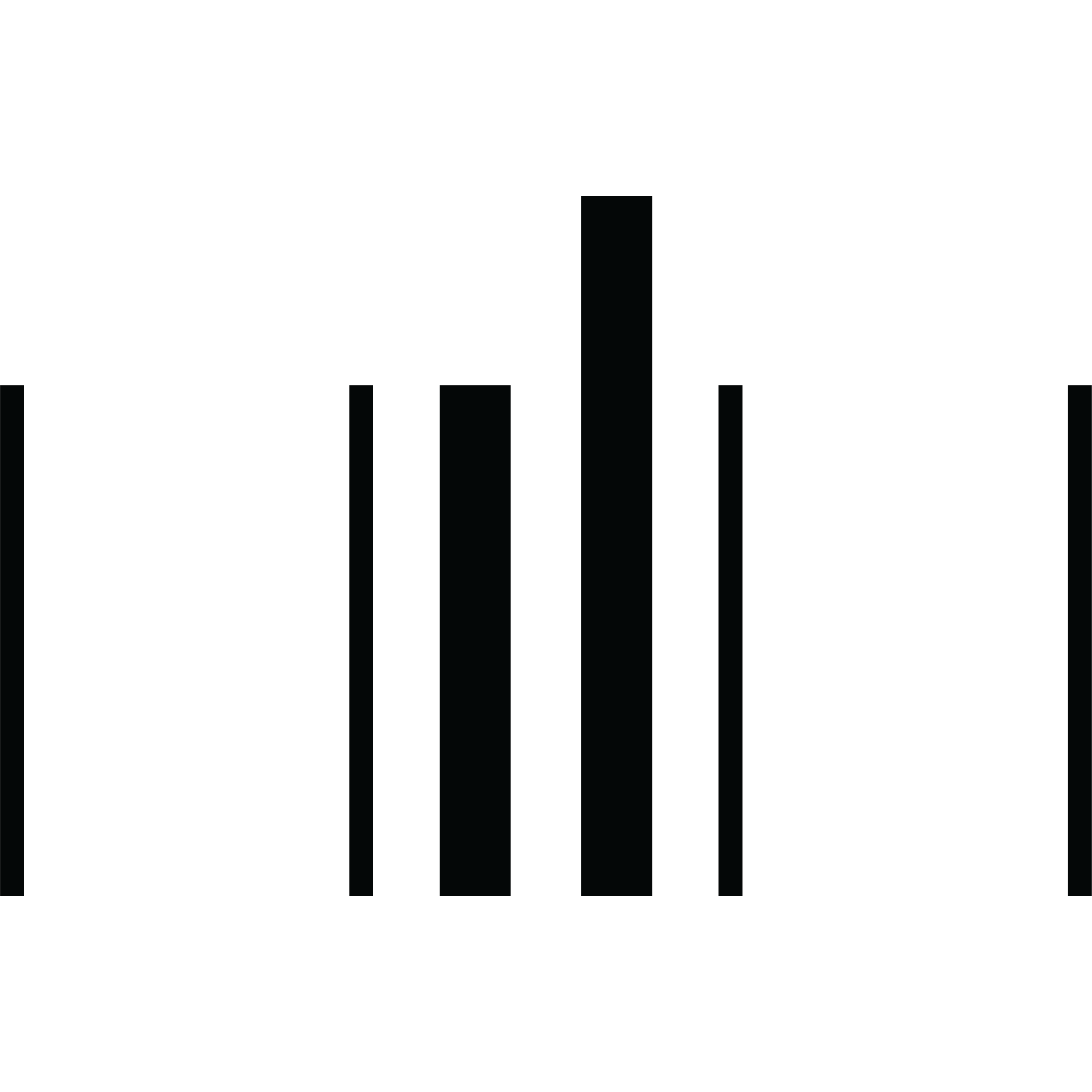WHAT, WHY, AND HOW
OPTIMIZING MY JOURNEY
The hours spent folding origami and drawing in my notebooks not withstanding, the beginning of my journey as a professional creative started when I decided to switch my major from pre-med to architecture.
ARCHITECTURE BA FROM UPENN
The connection was made later, but I was starting to learn how to create an experience for a user.
DESIGN AT BROWNSTEIN GROUP
I began exploring how to apply what I loved most from school—graphic presentation—to other applications.
DESIGN AT KSS ARCHITECTS
I married what I studied with the skills I'd since developed as I developed professionally.
COMMS DESIGN MFA FROM PRATT
Wanting to more deeply understand not just how to design, but why it matters, I went back to the classroom.
UX AT CODE AND THEORY
I discovered that I could use the logical way my brain worked with design to create digital experiences.
STRATEGY AT CODE AND THEORY
The desire hit hard to define a product's what, why, and how—and see it through build and iteration.
MY BLEND OF EXPERIENCE
Through the process of optimizing my career path, I've acquired a unique background that helps me tackle problems for and with a wide range collaborators.
MY BRAIN PROCESSES THROUGH VISUALS AND SYSTEMS
Whether it's a presentation, a prototype, or pen and paper, I work through problems by seeing them and use those visuals to communicate solutions.
I'M A STRATEGIC PROBLEM SOLVER, MAKER, AND TEAM PLAYER
My background sits at a cross section caring deeply about why something should be made and actually ideating and bringing that thing to life.
MY PROJECTS HAVE SPANNED TYPES AND INDUSTRIES
From education to media to finance, platforms to ecosystems, and new products to optimizations, my work allows for solution through analogy.
I FIND THE MOST REWARD IN EMPOWERING PEOPLE TO GROW
I’ve led multi-disciplinary end-to-end project teams of various sizes. Within my discipline, I’ve recruited, managed, and developed junior talent.
HOW I APPROACH PRODUCT
Process matters. Whatever the medium or challenge, a strong foundational approach can flex for the needs of the product and organization.
UNDERSTAND THE CONTEXT
Whether the product is new or iterative, landscape and circumstance research should create a base.
DEFINE GOALS AND OPPORTUNITIES
Align on clear objectives for the business and its audience that will drive ideation and decision making.
BALANCE USER PRIORITIES
Put the user first when designing everything from the flows and features to the architecture and back end.
CREATE SYSTEMS, NOT TEMPLATES
Maximize flexibility with a product system that serves the needs you know and the ones you’ll discover.
PHASE OUT THE ROLLOUT
Go live with a useful and compelling initial product that’s designed to scale in features and capabilities.
TEST AND LEARN ALONG THE WAY
Launch iterative improvements prioritized through various forms of testing and data analysis.
SOME SOFT LEARNINGS
Hard skills alone don’t equal success. Along the way, I’ve realized a few key things that helped shape and form my approach to product management and strategy.
WE ARE USERS
Our experiences form our context as creatives and problem solvers.
TRUST YOUR GUT
Not everything can be approached empirically—intuition has value.
IT TAKES A VILLAGE
The making of anything thoughtful and useful has no room for ego.
ALEXIS BARAN
Download my RESUME, connect on LINKEDIN, follow on INSTAGRAM, or reach out via EMAIL.
© 2021. Built on Semplice, hosted by Flywheel. Designed with Poppins by Indian Type Foundry and PT Serif by ParaType.
